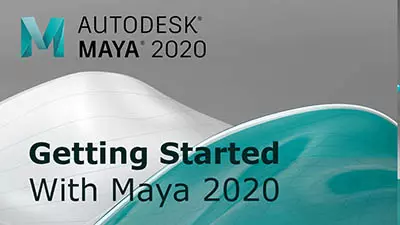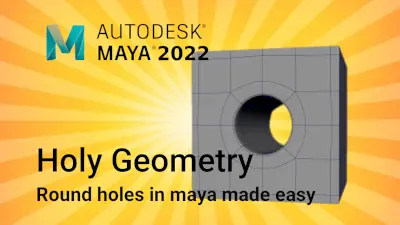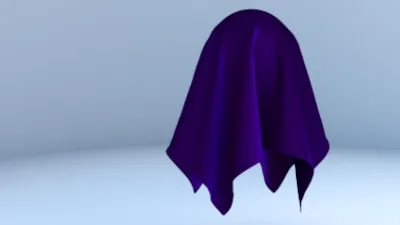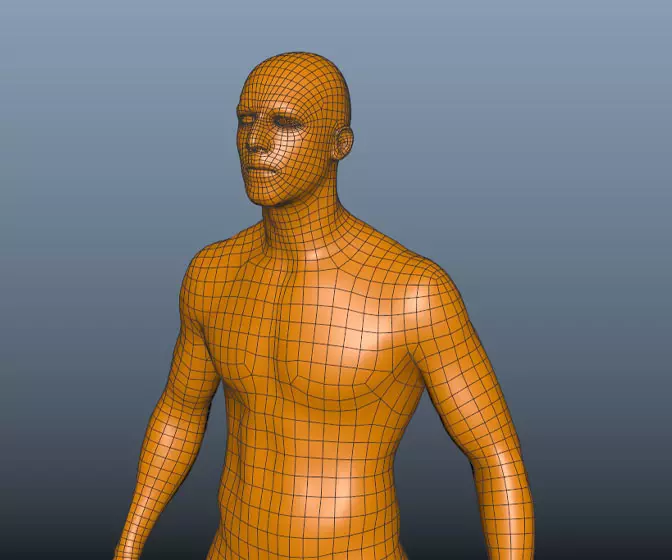Digital humans the art of the digital double
Ever wanted to know how digital doubles are created in the movie industry? This course will give you an insight into how it's done.
#
1
30-05-2013
, 06:37 PM
Registered User
Join Date: Feb 2013
Join Date: Feb 2013
Posts: 12
newbie question
I'm learning Maya right now and am working on my first serious model. Right now I have a pretty basic square with some additional geometry added on. What I'd like to do is make a low poly version, basically turn all that into a texture, with normal map and such, to put on the same board. I though I could do it with transfer maps, but that didn't work. How do I go about this?
Thanks
#
2
04-06-2013
, 05:21 PM
Registered User
Join Date: May 2013
Join Date: May 2013
Posts: 10
#
3
06-06-2013
, 09:38 AM
Registered User
Join Date: Feb 2013
Join Date: Feb 2013
Posts: 12
I also added bevel to the wooden piece later which I think might have something to do with it. The model I tried to transfer to is a copy of this but without the metal pieces and the bevel.
Last edited by Zen86; 06-06-2013 at 09:42 AM.
#
4
10-06-2013
, 12:41 PM
Registered User
Join Date: May 2013
Join Date: May 2013
Posts: 10
If you are having problems with it you are most probably messing with the settings or not having the 2 meshes one on top of the other.
#
5
12-06-2013
, 05:19 PM
Registered User
Join Date: Feb 2013
Join Date: Feb 2013
Posts: 12
Ah, that was the problem. I didn't realize the meshes had to be on top of each other. I tried again, and it worked, but not very well. I tried bump and diffuse maps. The wooden board texture transferred ok, but the metal parts didn't. The envelope didn't cover the metal parts fully unless I enlarged a lot and then it didn't keep its shape but sort of balooned. If the envelope covers the metal parts fully then their surface textures transfer fine but there is sort of smear around them from the angled envelope. I must be missing something.Since you made a "hipoly" version of something, you need a lowpoly that matches it but for that shape even a simple cube properly modified can work. Once you have this, create the UVs and remember to keep them in the 0 to 1 space. Once this is done, you can bake your maps using transfer-maps choosing as target mesh the lowpoly mesh and as source mesh all the meshes that make your hi-poly. Choose the maps you need, tweak the envelope and you are done.
If you are having problems with it you are most probably messing with the settings or not having the 2 meshes one on top of the other.
Here's the original in the center, the badly transferred maps on the left, and what I did with render passes on the right.

#
6
17-06-2013
, 08:40 AM
Registered User
Join Date: May 2013
Join Date: May 2013
Posts: 10
#
7
24-06-2013
, 05:32 AM
Registered User
Join Date: Feb 2013
Join Date: Feb 2013
Posts: 12

It looks like maybe the projection for the bump map orignates from a point too close to the mesh. You can see in the next picture. There are also some artifacts visible on the bottom of the extruded part on the board. I tried enlarging the envelope, playing around with the settings but couldn't figure it out.

Last edited by Zen86; 24-06-2013 at 08:36 AM.
Posting Rules Forum Rules
Similar Threads
Newbie Question: What happened to my toolbar?
by Connor Lee in forum Maya Modeling replies 2 on 10-10-2012
Newbie A.I. question...
by archVille1979 in forum Maya Basics & Newbie Lounge replies 12 on 03-04-2006
A simple newbie question
by johnchr82 in forum Maya Basics & Newbie Lounge replies 2 on 06-10-2005
OK here goes newbie question
by raunchpup in forum Maya Basics & Newbie Lounge replies 4 on 05-12-2003
A newbie and a newbie Question :P
by winfred01 in forum Maya Basics & Newbie Lounge replies 4 on 27-11-2002
Topics
New tutorial - Create tileable textures from photos. Photoshop to Alchemist to Maya 2
By David
Site News & Announcements
5
Free Courses
Full Courses
VFX News
How computer animation was used 30 years ago to make a Roger Rabbit short
On 2022-07-18 14:30:13
Sneak peek at Houdini 19.5
On 2022-07-18 14:17:59
VFX Breakdown The Man Who Fell To Earth
On 2022-07-15 13:14:36
Resident Evil - Teaser Trailer
On 2022-05-13 13:52:25
New cloud modeling nodes for Bifrost
On 2022-05-02 20:24:13
MPC Showreel 2022
On 2022-04-13 16:02:13







